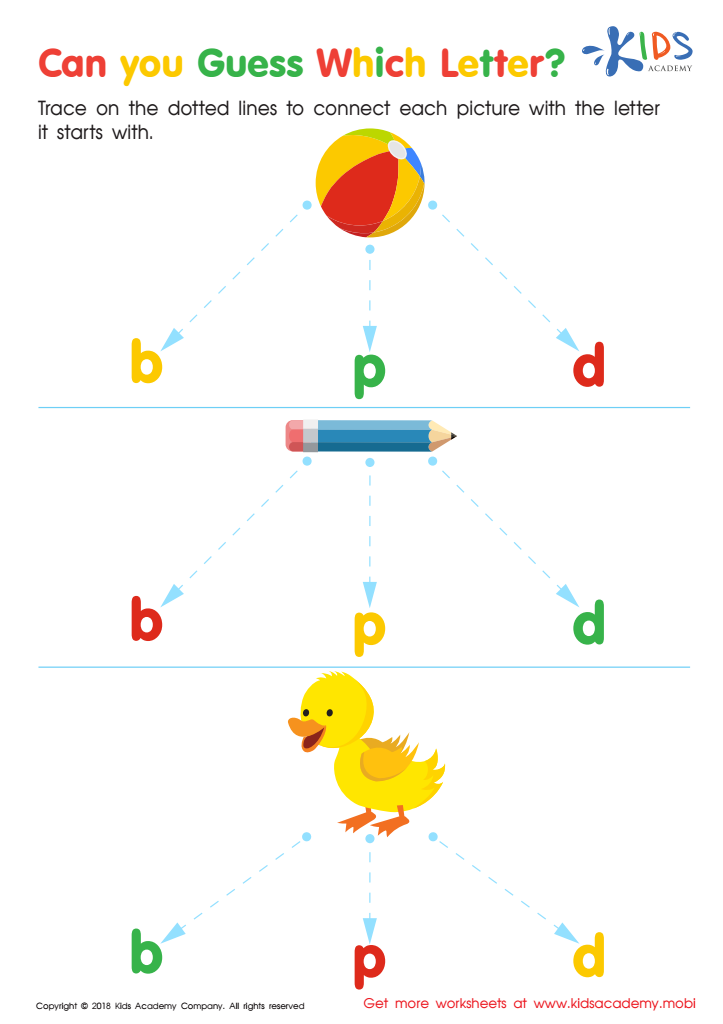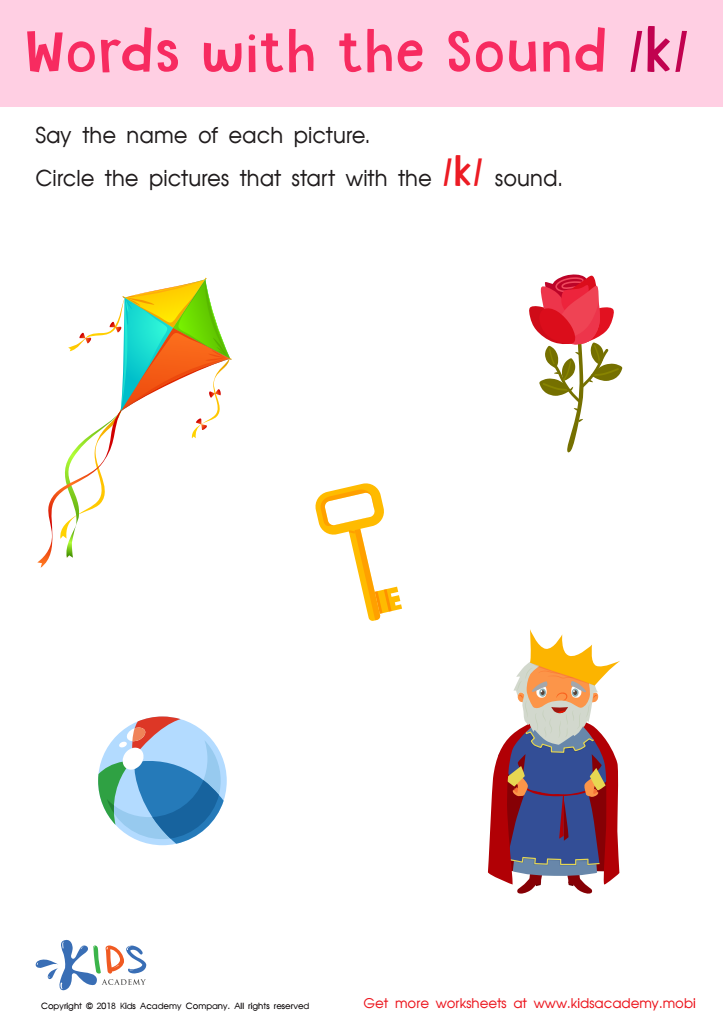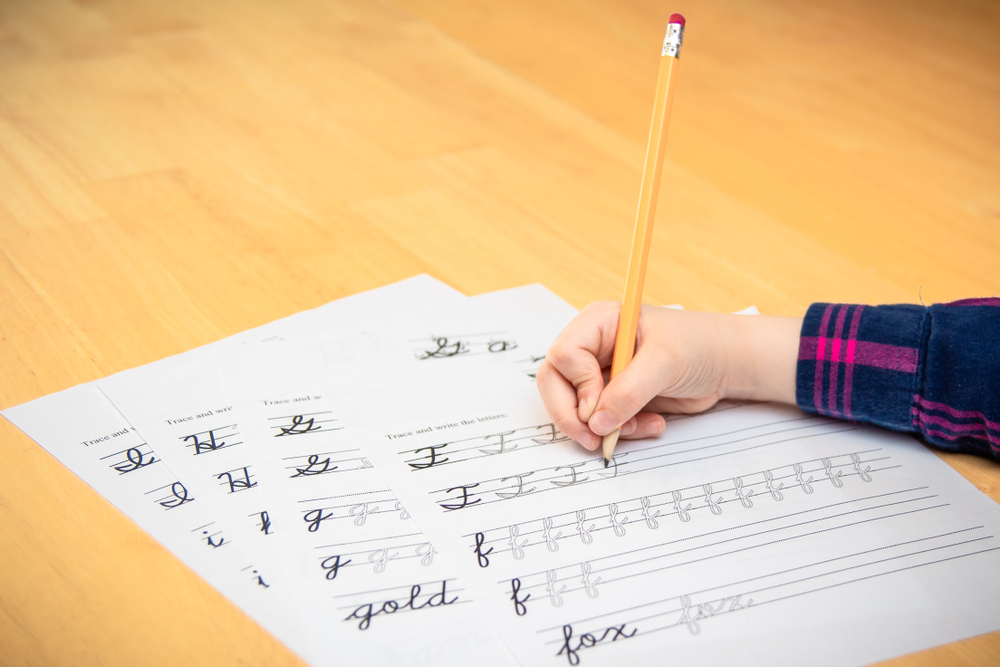Beginning Sounds Worksheets for Ages 6-9
15 filtered results
-
From - To
Explore our engaging Beginning Sounds Worksheets designed for children ages 6-9! These worksheets help young learners identify and practice the sounds that start words, an essential skill for early literacy. Featuring vibrant illustrations and interactive activities, these resources make learning engaging and fun. Your child will enjoy coloring, matching, and completing tasks that reinforce their understanding of phonetics. Ideal for classroom or home use, our worksheets support diverse learning styles, ensuring every child can enhance their reading readiness. Download our printable worksheets today and watch your child's confidence soar as they master beginning sounds! Perfect for parents and educators alike!


Beginning Sounds Assessment Printable


Beginning Blends: "Bl" Words Worksheet


Words with sound g Reading Worksheet


Words with sound h Reading Worksheet


Beginning Sound «n» Worksheet


Twin Onset Worksheet


Words with sound j Reading Worksheet


Words with Sound Q Reading Worksheet


Is it b, p or d? Worksheet


Peter Piper Alliteration Worksheet


Can you Guess Which Letter? Worksheet


Words with sound p Reading Worksheet


Words with sound f Reading Worksheet


Words with Sound M Reading Worksheet


Words with sound k Reading Worksheet
Beginning sounds, also known as initial sounds or phoneme identification, are crucial for early literacy development in children aged 6 to 9. At this age, children are transitioning from learning to read to reading to learn, making a solid foundation in phonemic awareness essential. Understanding beginning sounds helps children decode new words, improving their reading fluency and comprehension. When children can recognize the first sound of a word, they can more effectively sound out words, enhancing their reading skills and building their confidence.
Additionally, focusing on beginning sounds can support vocabulary development. Children who are proficient in identifying these sounds are more likely to explore new words and engage in wordplay, helping to enrich their language experience. This can lead to better writing skills as they become familiar with how sounds correspond to letters.
Moreover, phonemic awareness plays a role in overall academic success. Children who struggle with beginning sounds may find reading and spelling more challenging, potentially impacting their performance in other subjects. By prioritizing the understanding of beginning sounds, parents and teachers can create a supportive learning environment that fosters not only literacy but also a love for reading, setting children on a path toward lifelong learning.
 Assign to My Students
Assign to My Students














